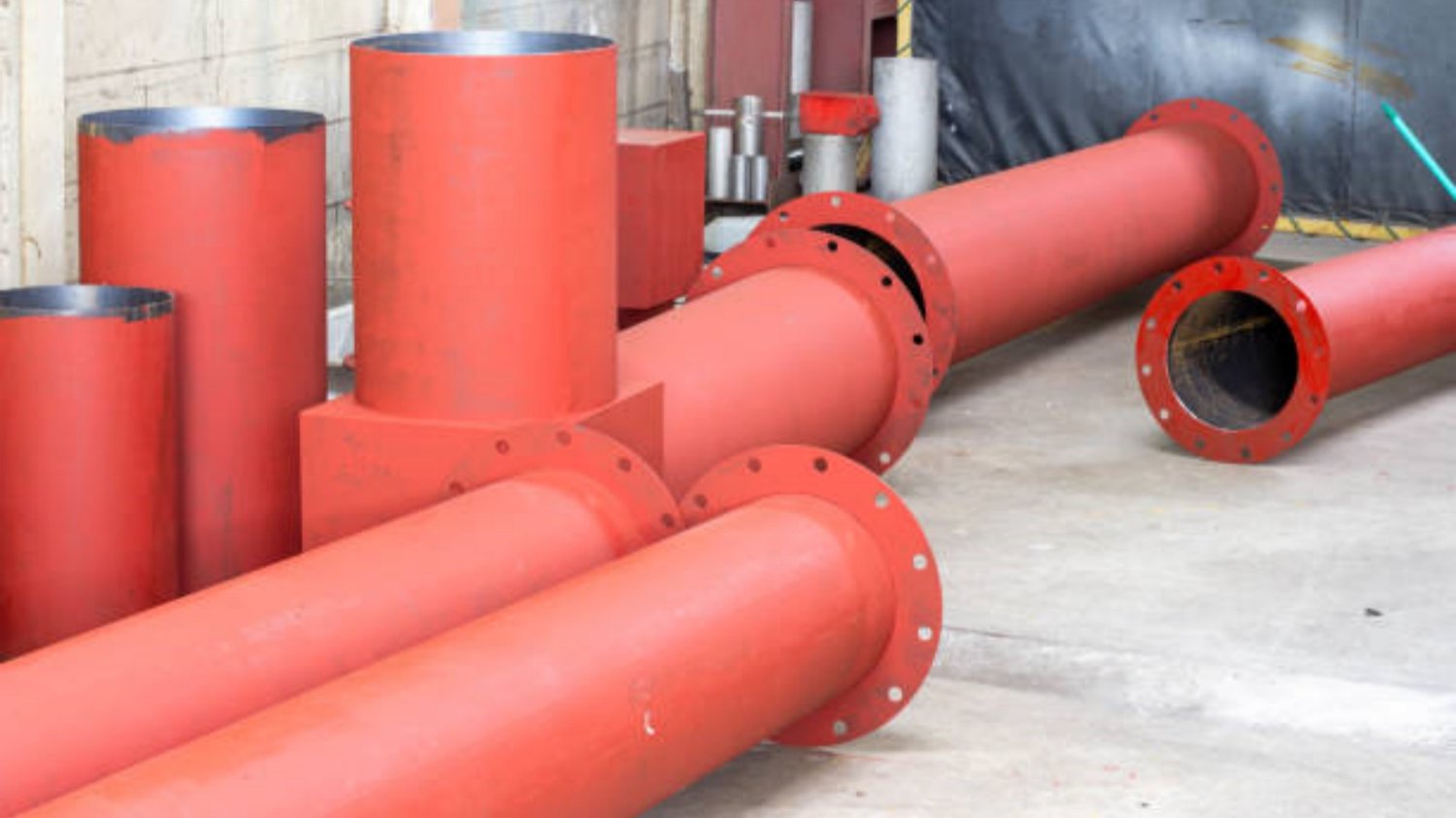Understanding Concrete polyurethane nozzle sizes
When it comes to concrete spraying, one essential component that plays a significant role in achieving optimal results is the polyurethane nozzle. The size of the nozzle used can greatly impact the efficiency and effectiveness of the concrete spraying process. In this comprehensive guide, we will explore the importance of concrete polyurethane nozzle sizes and how they can influence the outcome of your concrete projects.
The Basics of Concrete Polyurethane Nozzles
Before delving into the various sizes available, it is important to understand the basics of concrete polyurethane nozzles. These nozzles are specifically designed to be used with polyurethane-based concrete spraying systems. They are made from durable materials to withstand the abrasive nature of concrete mixtures and ensure a long lifespan.
Why Nozzle Size Matters
The size of the polyurethane nozzle used can significantly impact the flow rate and spray pattern of the concrete. A nozzle with a larger orifice allows for a higher flow rate, which can be beneficial for larger-scale projects that require faster concrete application. On the other hand, a smaller nozzle orifice can provide a more precise spray pattern, making it ideal for intricate or detailed work.
Choosing the Right Nozzle Size
Choosing the right concrete polyurethane nozzle size depends on various factors, including the nature of the project, desired spray pattern, and the type of concrete mixture being used. It is crucial to consider these factors to ensure optimal concrete application and avoid potential issues such as uneven coverage or blockages in the nozzle.
Common Nozzle Sizes Available
Concrete polyurethane nozzles come in a range of sizes to accommodate different project requirements. The most common nozzle sizes include:
- 1/8" Nozzle
- 3/16" Nozzle
- 1/4" Nozzle
- 5/16" Nozzle
- 3/8" Nozzle
- 1/2" Nozzle
- 5/8" Nozzle
- 3/4" Nozzle
- 7/8" Nozzle
- 1" Nozzle
Each of these nozzle sizes offers different flow rates and spray patterns, allowing for flexibility and customization based on the specific requirements of your project. It is important to consult with a professional or refer to the equipment manufacturer's guidelines to determine the most suitable nozzle size for your needs.
Factors to Consider
When selecting a concrete polyurethane nozzle size, there are several factors to consider:
- Concrete Mixture: Different concrete mixtures may require different nozzle sizes to ensure optimal application and coverage.
- Spray Pattern: The desired spray pattern, whether it be a fan, round, or narrow pattern, can influence the choice of nozzle size.
- Project Size: Larger projects may benefit from larger nozzle sizes to increase the speed of concrete application.
- Pressure: The pressure at which the concrete is being sprayed can also impact the choice of nozzle size. Higher pressures may require larger nozzles to accommodate increased flow rates.
Maintenance and Care
Proper maintenance and care of your concrete polyurethane nozzle is crucial to ensure optimal performance and longevity. Regularly inspect the nozzle for any signs of wear or damage and clean it thoroughly after each use to remove any hardened concrete or debris. Additionally, follow the manufacturer's guidelines for storage and handling to prevent any unnecessary damage.
The Bottom Line
Concrete polyurethane nozzle sizes play a crucial role in achieving optimal concrete spraying results. By selecting the right nozzle size based on the specific project requirements and considering factors such as spray pattern, concrete mixture, and pressure, you can ensure efficient and effective application. Remember to properly maintain and care for your nozzle to extend its lifespan and maximize its performance.

